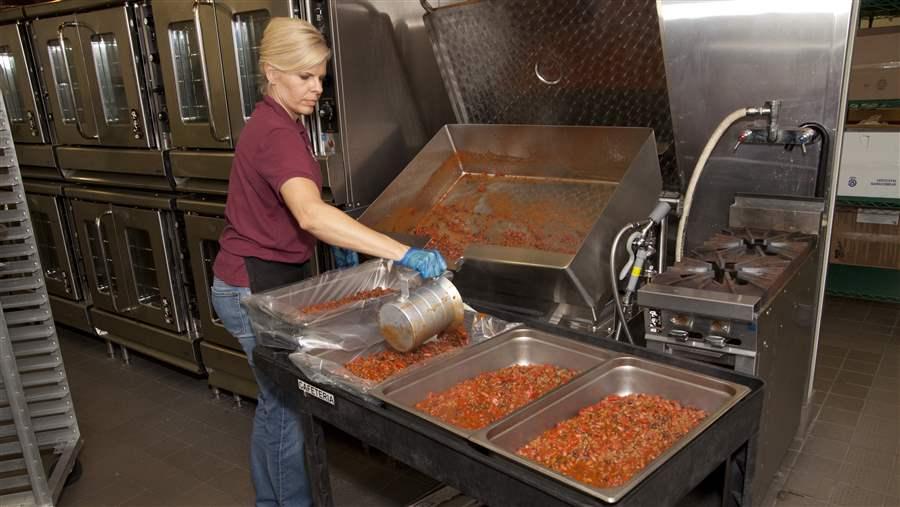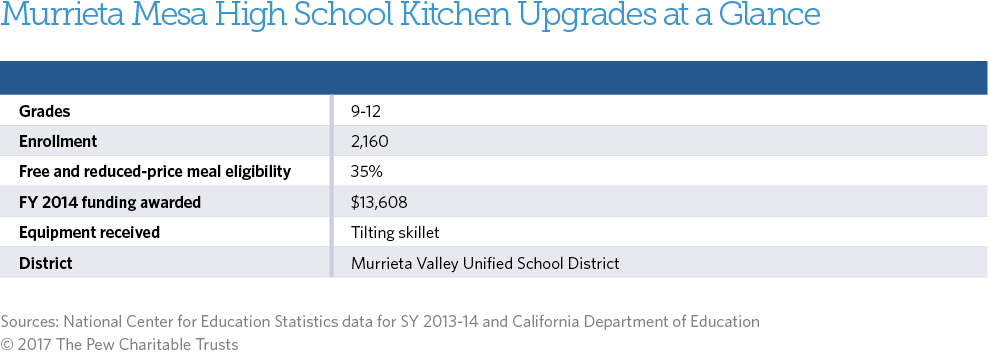Murrieta Mesa High School
Murrieta, California
When Murrieta Mesa High School was built in 2009, its huge kitchen had plenty of storage for processed foods but little equipment for cooking with fresh ingredients, which left the school’s nutrition team largely dependent on costly and unappealing heat-and-serve meals. To improve menu flexibility and meal quality, the school obtained a U.S. Department of Agriculture school kitchen equipment grant and purchased a tilting skillet.
“It lets us use fresh, healthy ingredients to cook dishes that the kids like,” said Jill Lancaster, the district’s nutrition director.
Shortly after the skillet was installed, the school brought in a professional chef to train staff on using the new equipment and to offer recipe tips. Some of the new skillet-based recipes developed by the school nutrition staff include chili, carnitas, chicken fajitas, and beef with broccoli.
Before, the school could not offer many of these dishes, in part because vegetables often weren’t cooked properly and turned out soggy and unappealing to students. Now, students enjoy well-cooked vegetables, such as broccoli that is bright green and crunchy.
Although having the ability to serve meals made from scratch may be the most obvious benefit, Lancaster said the equipment also adds value in other important ways. For example, preparing meals in Murrieta Mesa’s kitchen is more cost-effective than purchasing the precooked, frozen foods relied on in the past, and the savings have enabled the school to afford more fresh, local ingredients.
Labor efficiency also improved with the addition of the skillet. Previously, staff had to cook many menu items in small batches because of limited space in the heat-and-serve ovens. Now they can prepare food in larger quantities, and when making pasta dishes, which are among the students’ favorite meals, staff members no longer have to carry heavy pans of water to boil pasta.
The reaction to the school’s nutritious, made-from-scratch meals has been so positive, the district is now considering seeking grants to buy a grill and a pizza oven.
Following the success at Murrieta Mesa, tilting skillets were installed in all high schools in the district. This has improved efficiency districtwide, because every kitchen can now follow the same procedures and recipes.


America’s Overdose Crisis
Sign up for our five-email course explaining the overdose crisis in America, the state of treatment access, and ways to improve care
Sign up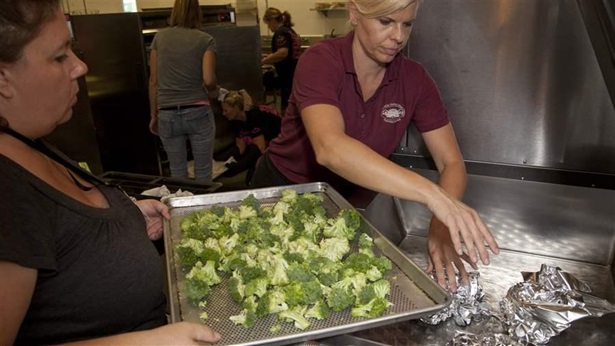
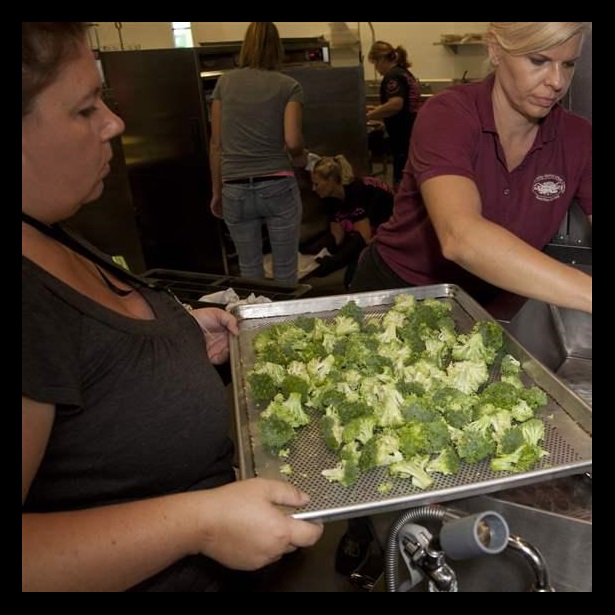
USDA’s School Kitchen Grants Benefit Meal Programs and Students
The right equipment makes a difference in efficient...
Learn More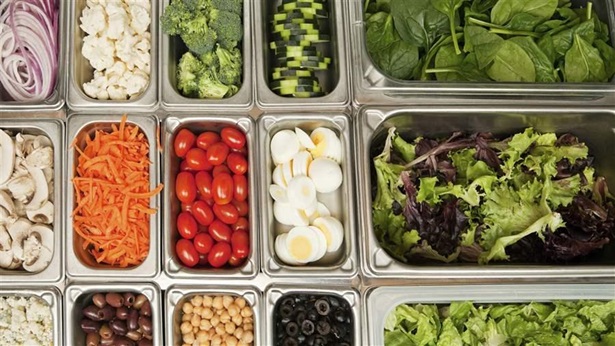
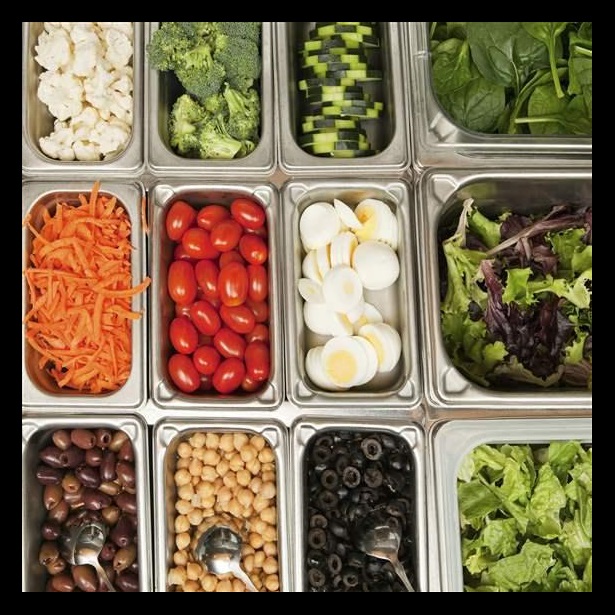
School Nutrition Gets a Boost From USDA Kitchen Equipment Grants
School Nutrition Gets a Boost From USDA Kitchen Equipment Grants
Learn More